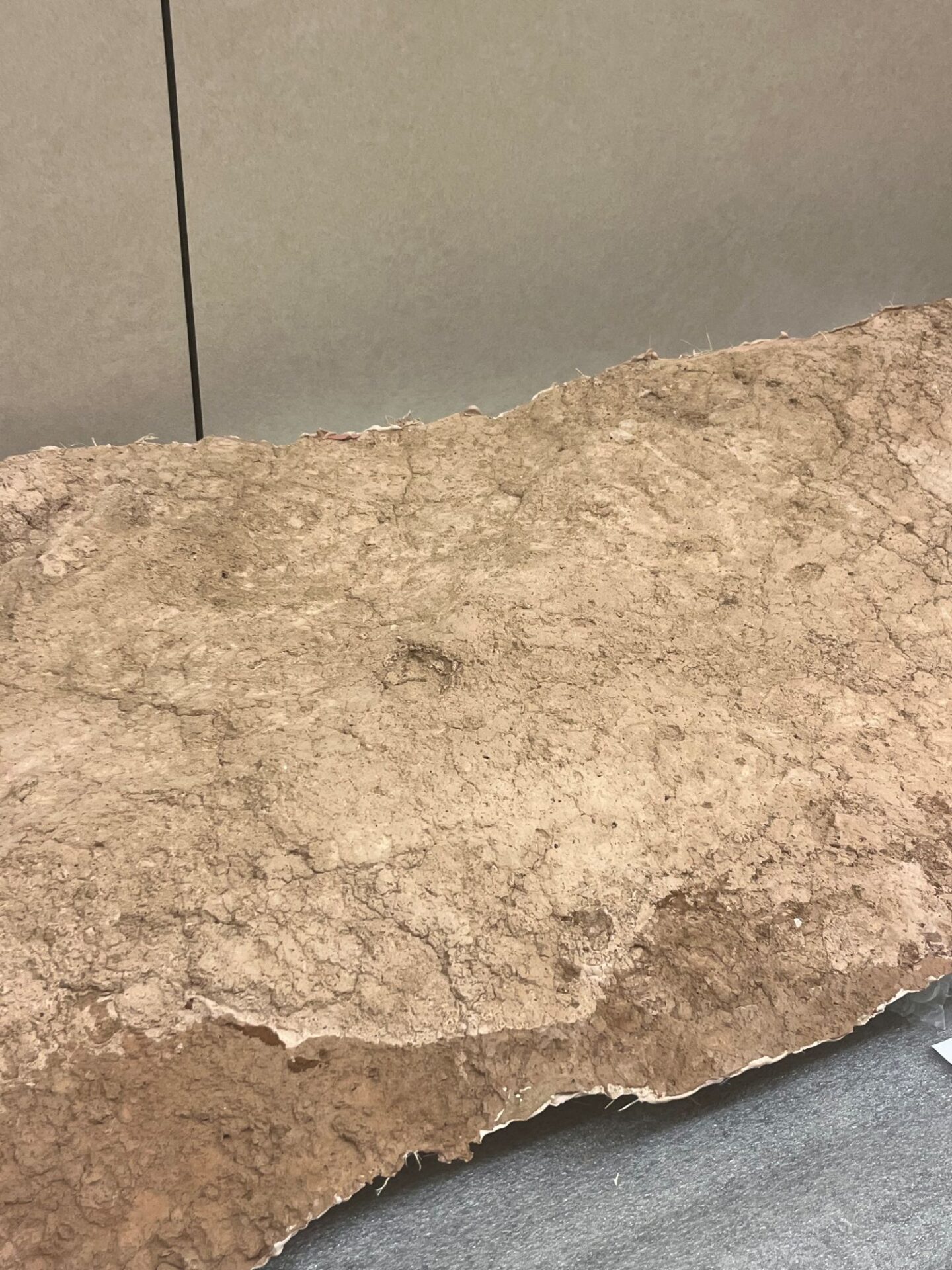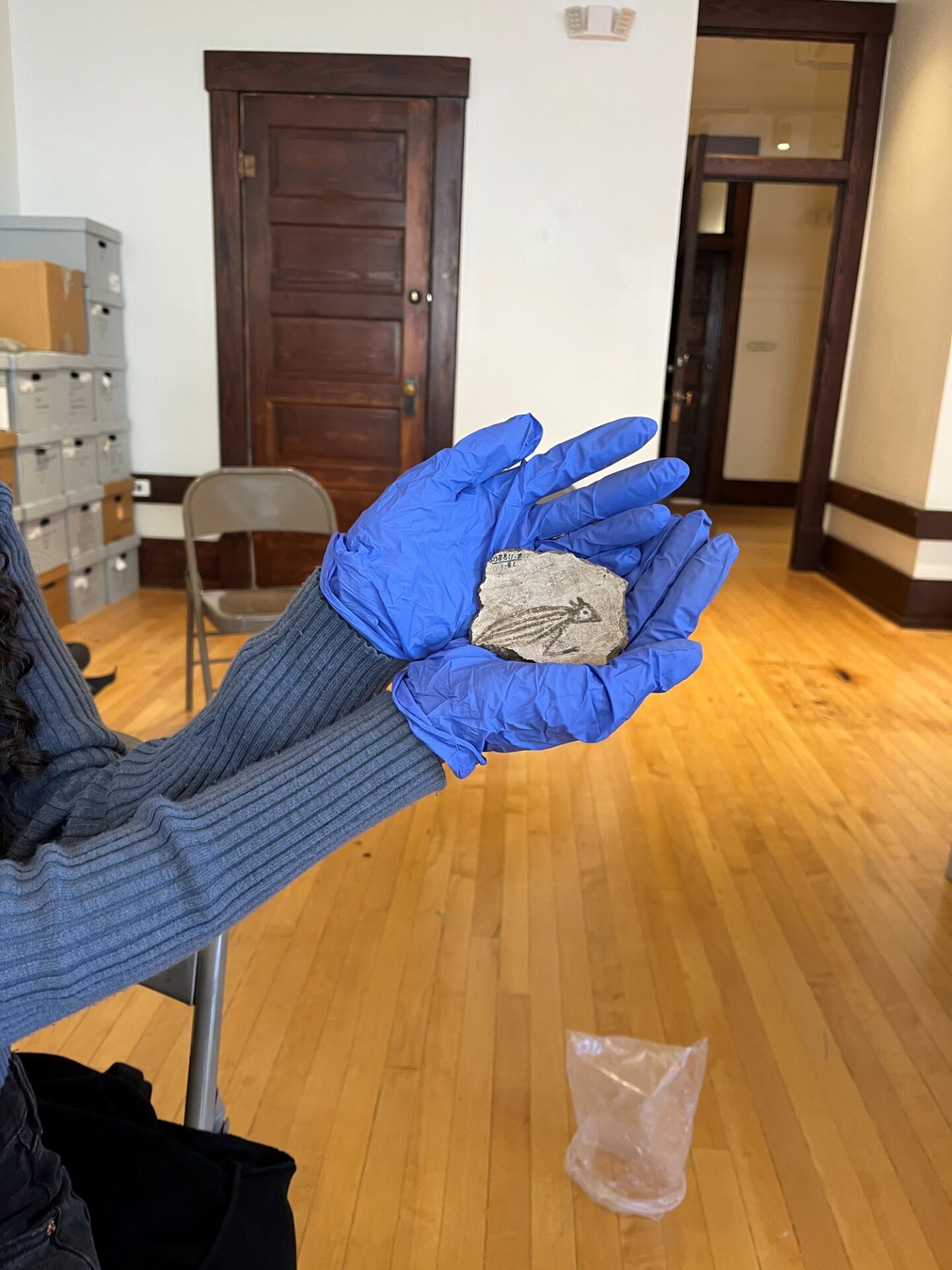- Home
- >
- Preservation Archaeology Blog
- >
- From the Field School: Learning a New Perspective ...
Even before this field school, I was a regular museum-goer. Visiting by myself, I get to take my time and wander, reading all the plaques and taking in the exhibits. Previously, the only thing I knew about museums was what was on display. Now, with my experience in field school, I have a better understanding of what goes into the organization of these museums: how collections are cataloged, stored, and sometimes put on display for the public.

During our first week, we had the opportunity to visit multiple repositories at different organizations. In theory, I knew that items not on display needed to be stored somewhere, but that somewhere wasn’t apparent until I walked into these rooms filled, wall to wall, practically floor to ceiling, with them. At the Arizona State Museum Pottery Vault, we were able to see a collection of ceramics both modern and historic. Later, visiting the Himdag Ki: repository on the Tohono O’odham Nation, we were able to see plaster casts of ancient human footprints taken from the Sunset Road archaeological site near Tucson.

Starting at the WNMU museum, I was able to get hands-on experience with cataloguing and rehousing, among other tasks. Processing artifacts such as lithics, ceramics, ground stone, and faunal remains, I learned what happens after an excavation; how excavated items are stored and preserved after they are removed from the ground. With lithics, I learned how to identify different kinds of stone and recognize when flakes have been retouched or used as tools.
Similarly, I felt like I learned a lot through pottery analysis. It amazes me how simple aspects such as two thick lines or a rounded spiral shape can be clear identifiers of a particular type of Mimbres pottery. It’s cool to see visual signs of use on the pot sherds, being able to understand that people used these in their everyday lives and handled these pieces, rather than simply seeing them behind museum glass.

This experience has given me an insight into how museums operate and the work that goes into preserving cultural resources. Inspired by what I have seen, I decided to change one of my classes for the coming semester and take Archaeological Ceramics. I have a renewed appreciation for museums and will definitely think deeper every time I see a new exhibit or display.
Explore the News
-
Join Today
Keep up with the latest discoveries in southwestern archaeology. Join today, and receive Archaeology Southwest Magazine, among other member benefits.